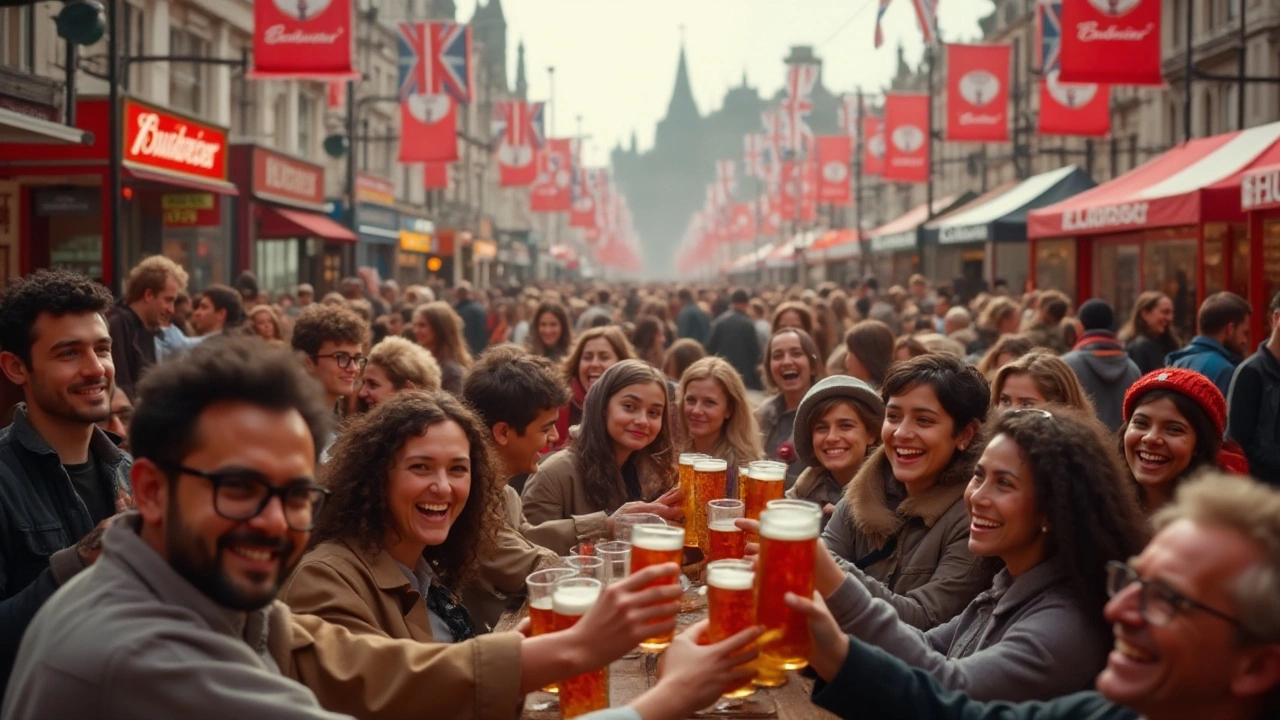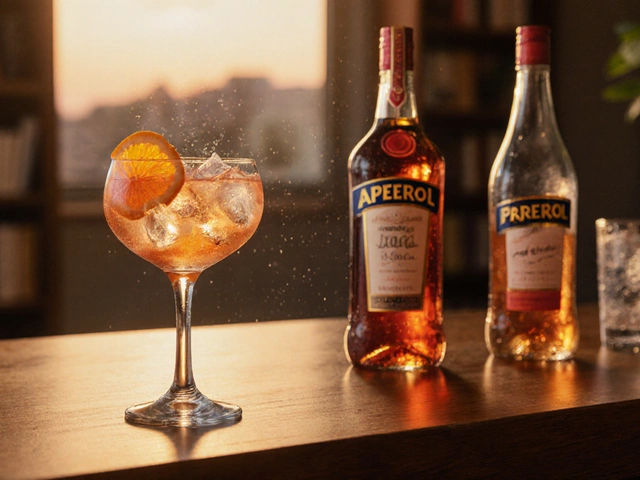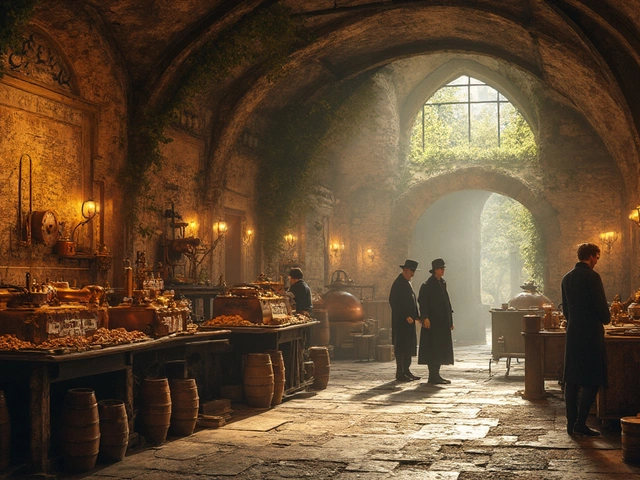Beer History: From Ancient Brews to Today’s Top Brands
Ever wonder how a simple grain‑water mix turned into the world’s most beloved drink? Beer’s story stretches back thousands of years, and every sip you take carries a slice of that past. Below we break down the biggest moments, the myths that survived, and why the history matters for today’s drinkers.
Ancient Beginnings: The First Ales
The earliest evidence of brewing comes from around 7,000 BC in what is now Iran, where residue in pottery shows people were fermenting barley. Those first brews were likely thin, slightly sour, and used wild yeast from the environment. Fast‑forward a few millennia to ancient Mesopotamia, and you find the famous “beer” hymn on a 4,000‑year‑old tablet – the drink was already a social staple.
Egyptians took things up a notch. They brewed a thick, honey‑sweetened beer called zith that fueled workers building the pyramids. Pharaohs even buried jars of it with the dead, believing it would help them in the afterlife. Meanwhile, Chinese records from the Shang dynasty (c. 1600‑1046 BC) mention a millet‑based brew, showing that grain fermentation was a global experiment.
What ties all these cultures together? They all used whatever grains were locally available, relied on natural fermentation, and treated beer as a daily nutrition source rather than a weekend treat.
Modern Milestones: How Beer Became Global
The Middle Ages introduced monasteries as brewing powerhouses. Monks refined fermentation, added hops for bitter balance, and documented recipes that still influence today’s styles. By the 1500s, the hopping technique spread across Europe, turning beer from a cloudy, sour drink into a clearer, more stable one.
The Industrial Revolution gave beer a massive boost. Steam power, refrigeration, and pasteurization let breweries produce consistent, year‑round products. Brands like Pilsner Urquell (1842) created the first pale lager, and that crisp, golden style quickly dominated the market.
In the 20th century, two trends reshaped the scene. First, mass‑market lagers from giants like Budweiser and Heineken standardized taste worldwide. Second, the craft revolution of the 1970s‑80s sparked a wave of small, experimental brewers who revived old styles (like saison and sour ales) and invented new ones (IPA, hazy New England). Today you can find over 150 million beers on shelves globally.
If you’re curious about where the best beer stands today, check out our post “What Is the Number One Beer in the World?” for the latest rankings and tasting notes. And for a deeper dive into the oldest alcoholic drinks, see “What Is the Oldest Spirit Drink?” – it gives context on how early humans moved from fermented grain to distilled spirits.
Beer history isn’t just a timeline; it’s a map of cultural exchange, technological innovation, and endless experimentation. Knowing the past helps you appreciate why a hoppy IPA tastes different from a smooth lager, and why certain regional styles still dominate their hometowns.
So the next time you raise a glass, remember you’re part of a lineage that stretches back to ancient potters, monk cellars, and industrial factories. Cheers to the journey – and to the many brews still waiting to be discovered.
Budweiser, a name almost synonymous with beer in numerous parts of the world, has its roots deeply entrenched in rich brewing history. As we unfold the fascinating journey of Budweiser, we delve into its origins and how it has grown to be one of the most celebrated beers globally. Known for being a pivotal part of beer festivals across continents, Budweiser's legacy goes beyond just a brand—it's a cultural phenomenon. Discover its true birthplace, the influences behind its creation, and why it remains a favorite at beer festivals everywhere.
View Details

